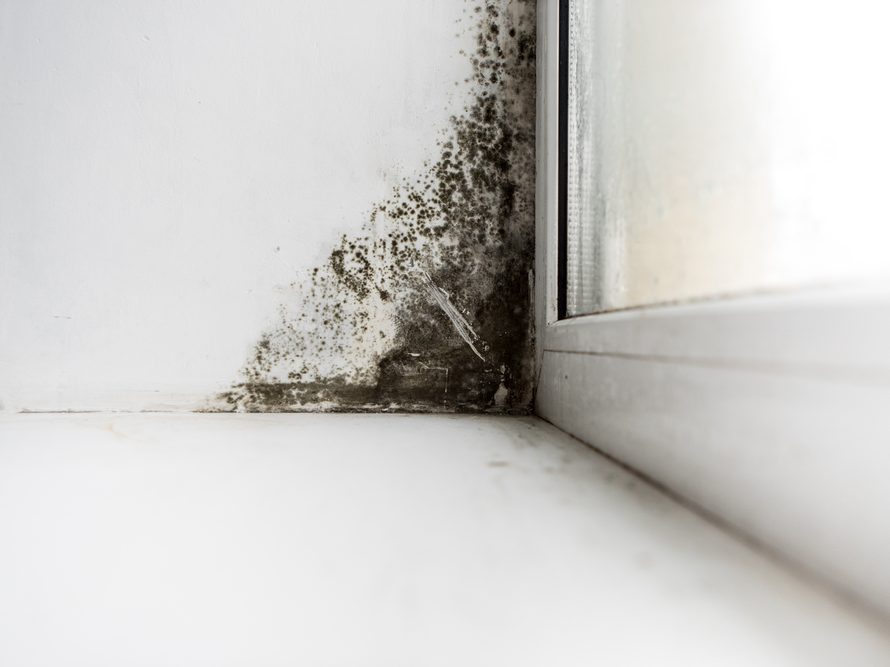After Mold Remediation Methods for Clean Spaces
After Mold Remediation Methods for Clean Spaces
Blog Article
Professional Tips for Article Mold Removal Success
In the world of mold and mildew remediation, effectively getting rid of mold and mildew is only half the battle; the true challenge exists in stopping its reappearance. By sticking to professional ideas and finest techniques, people can guard their spaces against mold and mildew renewal and preserve a healthy and balanced interior setting.
Screen Humidity Degrees Frequently
Routine tracking of moisture levels is crucial in ensuring the efficiency of article mold and mildew remediation efforts. After finishing mold remediation treatments, preserving optimal humidity levels is important to stop mold and mildew re-growth and ensure a healthy and balanced indoor environment. Monitoring moisture levels enables early detection of any type of spikes or variations that could possibly cause mold resurgence. High moisture degrees over 60% create a helpful environment for mold to prosper, making routine keeping track of a positive action to protect against any type of future mold and mildew problems - Post Remediation Inspection near me.
Making use of hygrometers or moisture meters can assist in precisely gauging moisture degrees in various areas of the residential or commercial property. These devices offer real-time information that enables removal professionals to make informed choices concerning ventilation, dehumidification, and various other needed activities to preserve perfect moisture levels post-remediation. Furthermore, developing a routine schedule for humidity checks, particularly in risky areas such as cellars, kitchen areas, and restrooms, is a proactive method to mold avoidance. By regularly keeping an eye on moisture degrees, homeowner can properly mitigate the threat of mold reoccurrence and keep a healthy interior atmosphere post-remediation.
Conduct Thorough Inspections Post-Remediation
Adhering to the completion of mold remediation treatments, it is necessary to conduct extensive examinations to validate the effectiveness of the remediation procedure. These post-remediation inspections are essential in making certain that the mold and mildew issue has been successfully dealt with and that there is no recurrence or staying mold and mildew development. Inspections should be performed by certified professionals who have expertise in identifying mold and mildew and evaluating interior air high quality.
During these assessments, numerous methods such as visual evaluations, air sampling, and surface area sampling may be employed to completely assess the remediated locations. Visual analyses involve a detailed inspection of the premises to look for any kind of noticeable signs of mold and mildew development or water damage. Air tasting aids in figuring out the air-borne mold spore degrees, while surface tasting can detect mold particles on surfaces.
Implement Correct Ventilation Methods
After guaranteeing the efficiency of the mold remediation process with comprehensive examinations, the next vital step is to concentrate on implementing correct air flow techniques. Sufficient air flow is vital in preventing mold More Info reoccurrence by managing dampness levels and advertising air blood circulation.
Proper ventilation not only aids in protecting against mold and mildew development yet also adds to the general health and wellness and comfort of passengers. By ensuring adequate air flow throughout the building, you can lower the danger of mold regrowth and create a much healthier living setting.

Use Mold-Resistant Products for Fixes
To enhance the long-term effectiveness of mold remediation initiatives, including mold-resistant products for repairs is essential in reducing the threat of future mold and mildew his comment is here development. Mold-resistant products are developed to hold up against moisture and inhibit mold and mildew development, making them a vital option for areas vulnerable to moisture and moisture. When fixing areas impacted by mold, using materials such as mold-resistant drywall, mold-resistant paints, and mold-resistant caulking can assist avoid mold reoccurrence.
Mold-resistant drywall is an excellent choice to traditional drywall in locations like restrooms and cellars where dampness levels are higher. When subjected to damp problems, this type of drywall has an unique layer that stands up to mold development also. Furthermore, utilizing mold-resistant check my reference paints including antimicrobial representatives can even more prevent mold and mildew growth on wall surfaces and ceilings.
In areas where dampness is common, such as bathroom and kitchens, making use of mold-resistant caulking around bathtubs, windows, and sinks can help seal out water and prevent mold from holding in fractures and crevices. By buying these mold-resistant products throughout repair work post-remediation, you can substantially reduce the probability of future mold issues and keep a much healthier interior atmosphere.
Maintain Cleanliness and Address Water Issues
After mold removal, it is vital to preserve a clean atmosphere to stop the regrowth of mold. Leaks, water breach, or high humidity levels can create the ideal reproduction ground for mold and mildew, so it is crucial to take care of any type of water-related troubles instantly.
To keep tidiness, consider making use of HEPA filters in vacuums and air cleansers to catch mold spores and prevent their circulation in the air. In addition, guaranteeing correct air flow in locations vulnerable to moisture accumulation, such as bathrooms and cooking areas, can assist keep moisture degrees in check. By staying vigilant concerning cleanliness and attending to water concerns quickly, you can efficiently prevent mold reinfestation and preserve a healthy indoor setting.
Verdict

In the realm of mold removal, efficiently removing mold and mildew is just half the fight; the true obstacle lies in avoiding its reappearance. After finishing mold and mildew remediation treatments, keeping optimum humidity levels is critical to stop mold and mildew re-growth and guarantee a healthy and balanced interior environment. High humidity levels above 60% develop a conducive setting for mold and mildew to prosper, making normal checking a positive procedure to protect against any type of future mold concerns.
To improve the long-term performance of mold and mildew removal initiatives, integrating mold-resistant products for repairs is essential in alleviating the danger of future mold growth. After mold and mildew removal, it is essential to preserve a clean environment to prevent the regrowth of mold and mildew.
Report this page